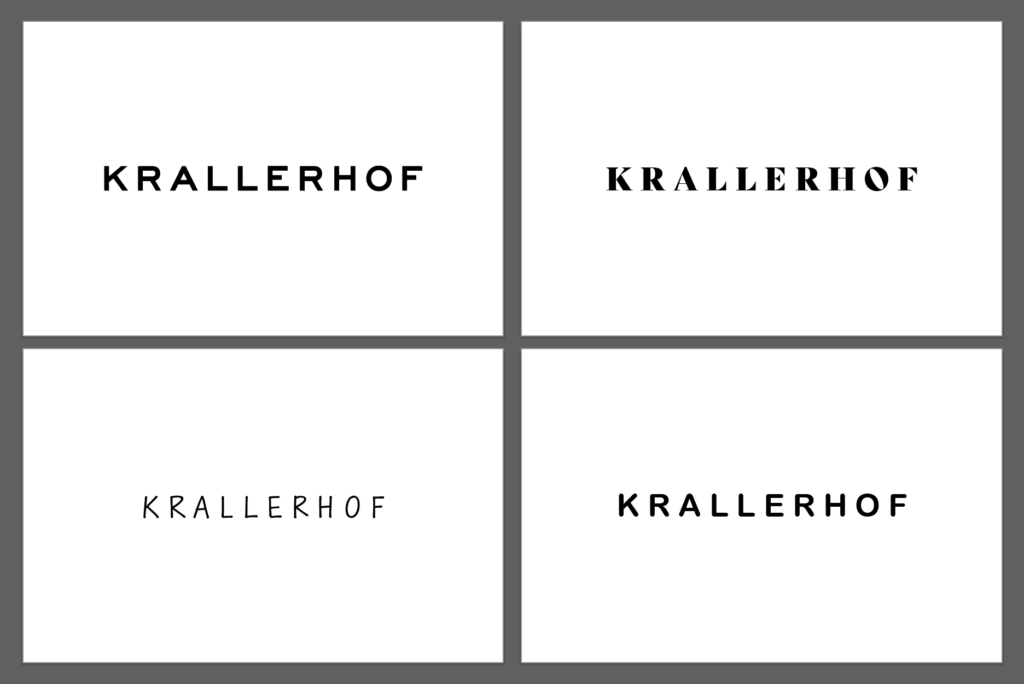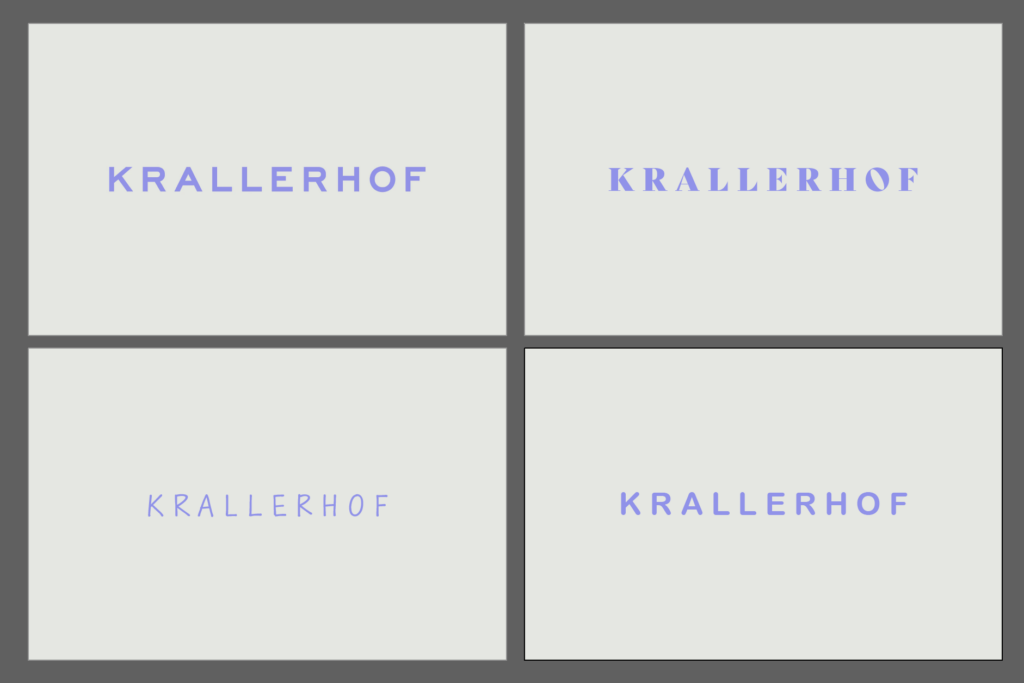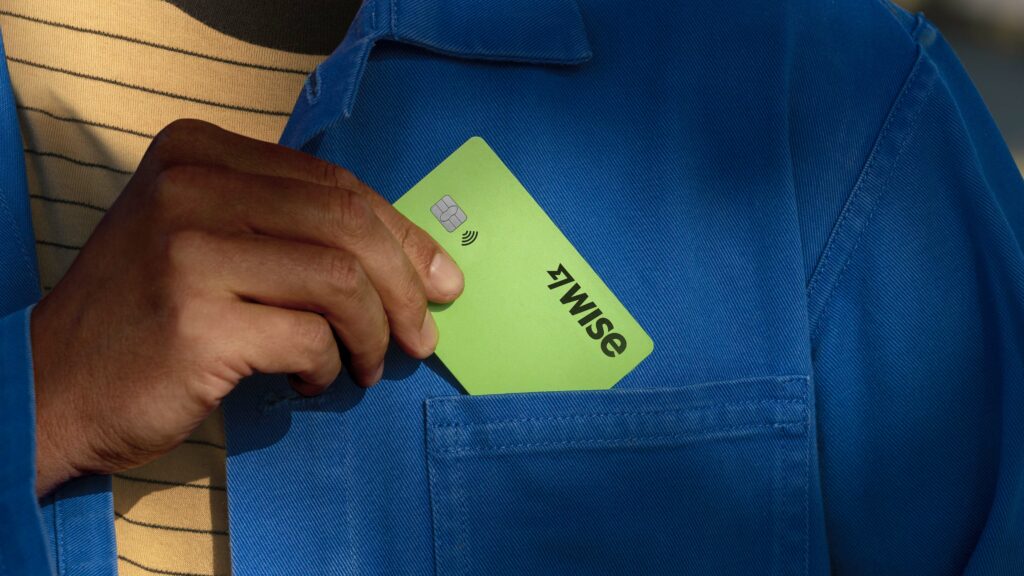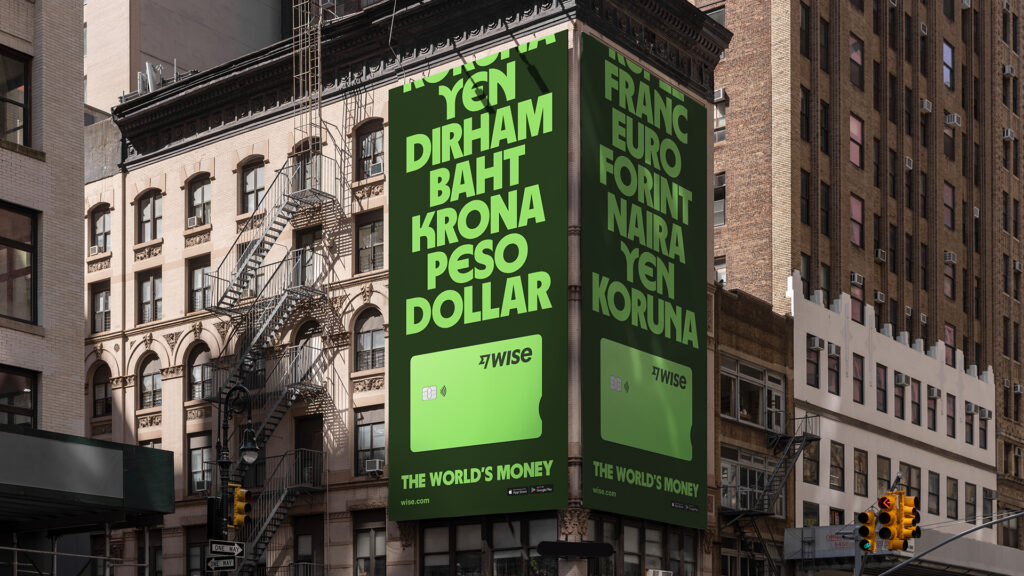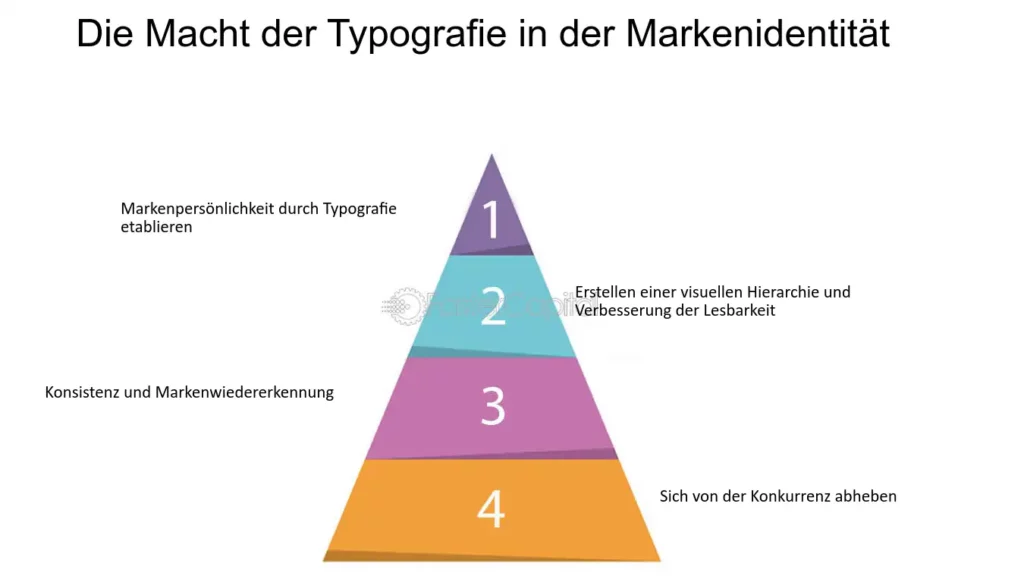I interviewed a total of three people. The results for the questions already published in the last post are:
- First impression
Illustration packaging: all three respondents found the design of the packaging with the illustration aesthetically pleasing and modern.
Photography packaging: this packaging was perceived as familiar and traditional. - Design description
The illustration packaging was described as stylish, appealing and professional.
The photographic packaging was described as classic and reliable, although less modern. - Preference
All three respondents found the illustration packaging nicer.
Despite this preference, they would rather choose the photographic packaging. - Purchase decision
The quick recognition value and the familiarity of the packaging with the photography were the main reasons for the purchase decision in favor of this packaging. - Illustration vs. photography
The illustration packaging evoked feelings of creativity and freshness, while the photography packaging evoked associations of authenticity and trust. - Responsiveness and professionalism
All three respondents found the illustration appealing and professional. - Clarity and comprehensibility
Two of the three respondents found the illustration packaging clearer and easier to understand.
One person found the packaging with the photograph easier to interpret. - Content recognition
Most respondents found it easy to recognize the content of the product from the photograph, while the illustration was slightly more abstract.
Summary:
All found the illustration aesthetically pleasing, but trusted the photography more because of its recognition value. The illustration evoked feelings of creativity, while the photograph evoked associations of authenticity. Participants found the illustration appealing and professional. The clarity of the packaging was divided, but the photographic packaging was easier to interpret. Most recognized the contents of the product more easily from the photograph. Familiarity and recognition influenced the purchase decision more than aesthetic appeal.



